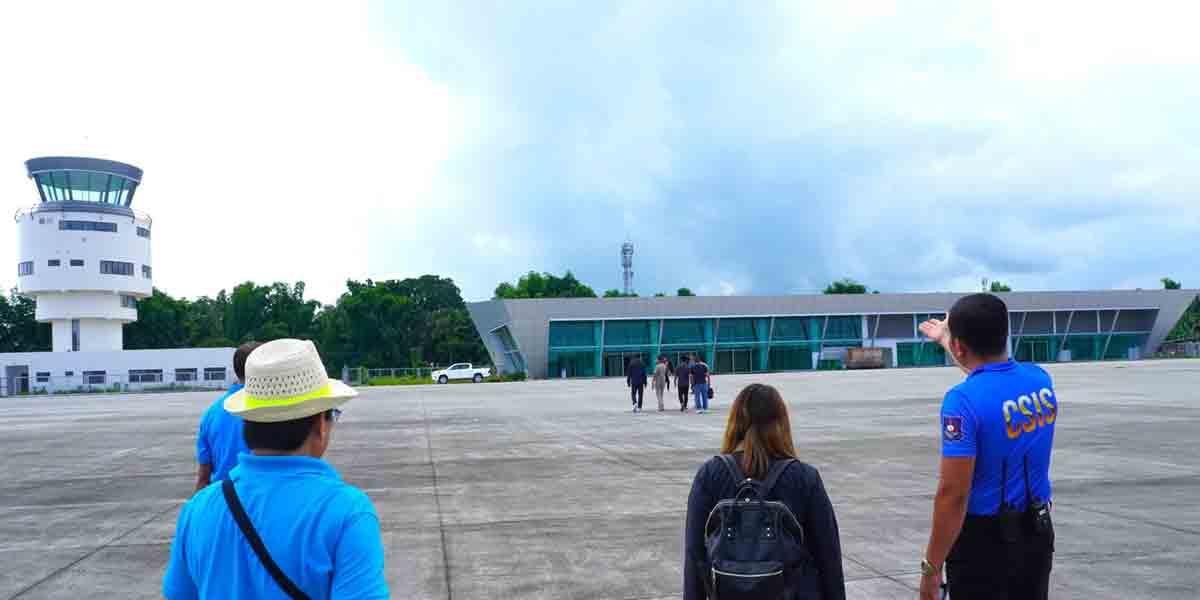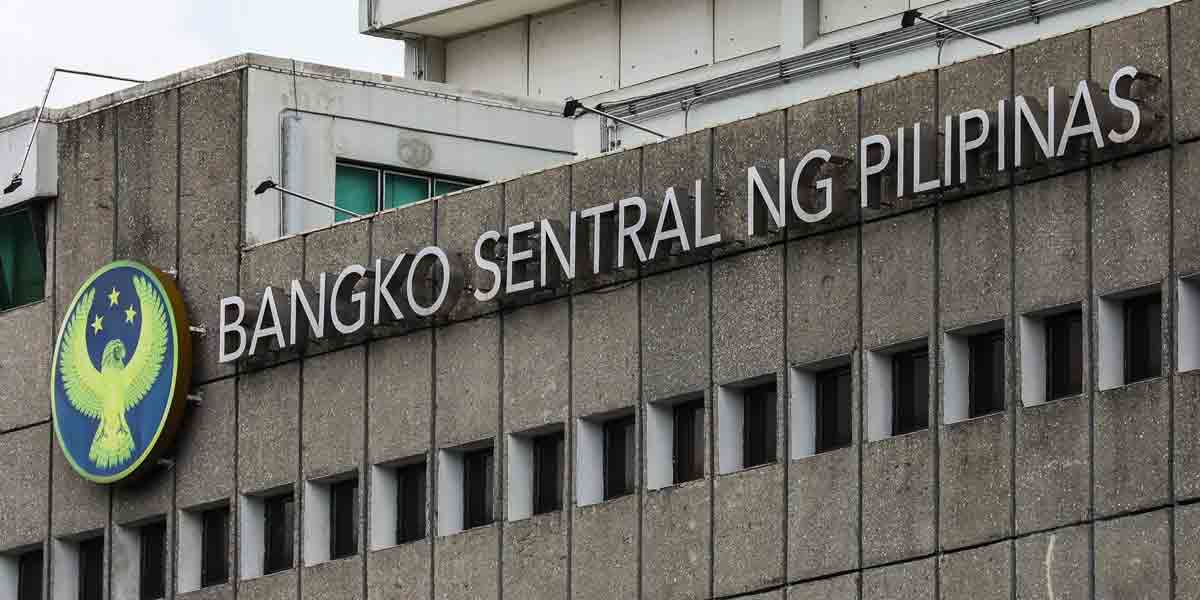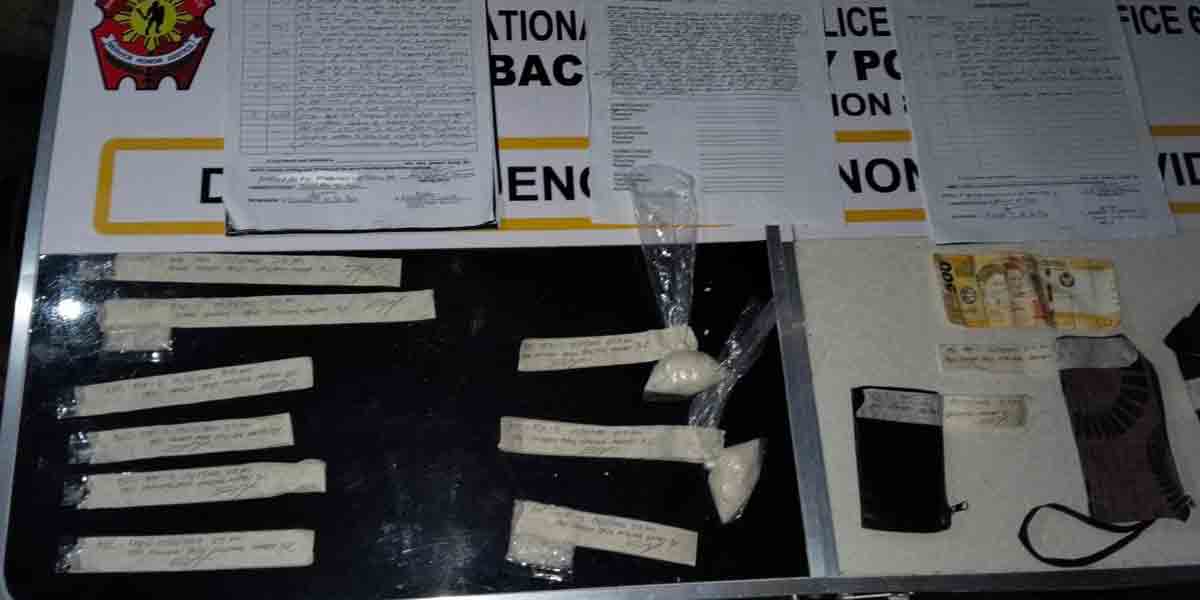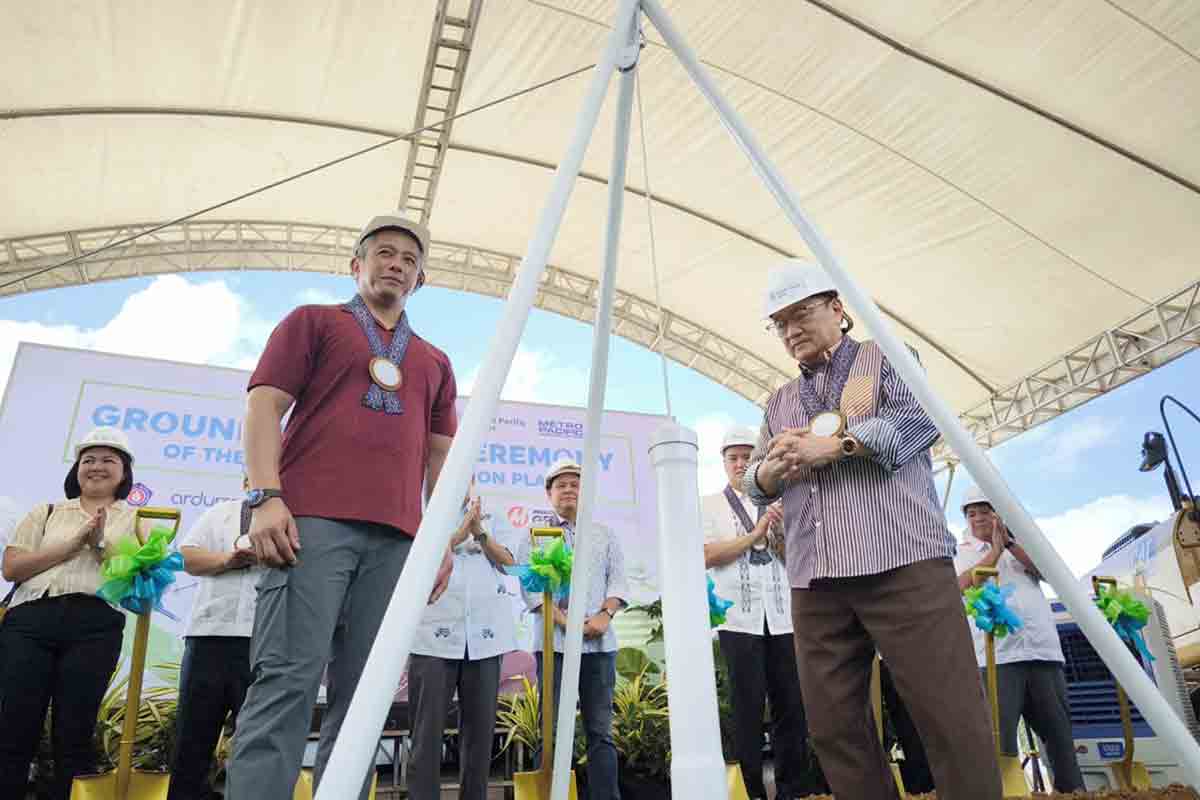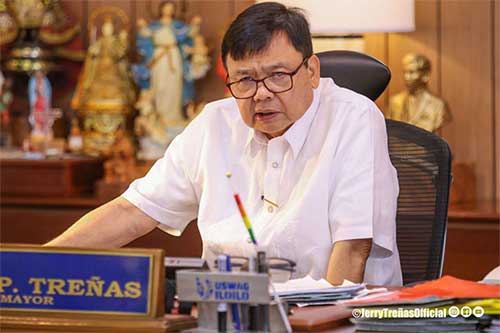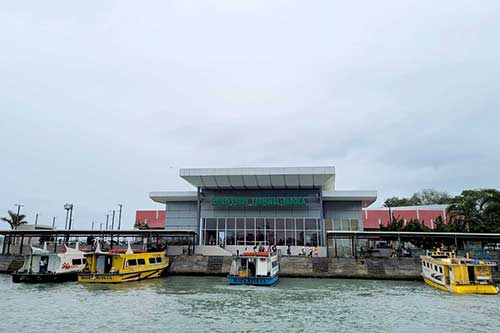
By Francis Allan L. Angelo
Former Iloilo City Mayor Jed Patrick Mabilog has defended the 2012 Joint Venture Agreement (JVA) for the Iloilo-Guimaras Ferry Terminal, following the current administration’s plans to renegotiate its terms.
Mabilog emphasized that the project transformed Parola Wharf from a neglected and unsafe area into a modern transportation hub.
“Before the Iloilo-Guimaras Ferry Terminal project was conceived, Parola was one of the most neglected and dangerous areas in Iloilo City,” Mabilog stated.
He described the pre-development conditions, highlighting issues such as informal settlements, crime, and inadequate ferry services.
“Ferry services between Iloilo and Guimaras were operating under precarious conditions,” he noted.
The former mayor outlined the city’s initiative to redevelop Rotary Park into a modern ferry terminal to enhance connectivity between Iloilo City and Guimaras Island.
This plan included constructing a multi-story passenger terminal building, a shopping mall, and a hotel to serve ferry commuters.
In 2012, DoubleDragon Properties Corp. (DDPC) proposed developing the Iloilo-Guimaras Ferry Terminal at Parola Wharf.
After thorough evaluation, the city government approved the proposal, leading to the signing of a JVA on October 1, 2012.
Under the agreement, DDPC was granted a 25-year term to finance, construct, and operate the ferry terminal, with an option for a 25-year extension.
The city was entitled to a share of the terminal’s revenues, including 1% to 5% of gross terminal revenues and 1% from other sources, such as berthing, cargo fees, and mall rentals.
Mabilog highlighted that DDPC invested approximately PHP 126 million in the project, which included constructing a new ferry terminal building, a commercial retail mall, and a fully landscaped complex spanning 1.3 hectares.
He noted that adjusted for inflation, this investment is now equivalent to approximately PHP 250 million.
The terminal complex features an air-conditioned lobby, ticketing area, canopied loading arcades, clean public restrooms, designated parking areas, and drop-off points.
Adjacent to the terminal, a commercial center was established, housing a grocery store, pharmacy, restaurants, and other retail outlets to cater to passengers’ needs.
The terminal was designed to accommodate at least 3,500 daily passengers traveling between Iloilo City and Guimaras Province.
Mabilog emphasized that the project significantly improved the travel experience for passengers, local businessmen, investors, and tourists, offering modern facilities and increased convenience.
He addressed current criticisms of the project, stating that they “disregard the economic realities at the time of its conception.”
“In 2012, Iloilo City was far from the thriving economic hub it is today,” Mabilog explained.
“There was little investment interest in the city, making it a significant risk for any investor to commit PHP 126 million and be locked into a 25-year agreement.”
He argued that DDPC took on this risk when there was no guarantee of success, a reality that critics fail to acknowledge.
Mabilog also pointed out that today, the PHP 126 million investment is worth at least PHP 250 million, and given the rapid increase in property values in Iloilo City since 2012, the ferry terminal’s worth is likely even higher.
“If the city were to rebuild that terminal now, the cost would likely exceed PHP 250 million,” he said.
“More importantly, at the end of the joint venture, the terminal becomes the property of the city—without any debt or interest burden.”
He urged the city government to initiate discussions directly with DDPC to renegotiate the terms instead of making “baseless, illogical, and incomplete allegations.”
REVIEW, RENEGOTIATE
The Iloilo City government has announced plans to renegotiate the JVA after finding that some provisions of the contract are disadvantageous to the city government, twelve years after its signing.
The City Council approved a resolution authorizing the City Legal Office (CLO) to initiate the renegotiation with DDPC.
“The CLO is requested to complete the renegotiation proceeding within 60 calendar days and report to the Sangguniang Panlungsod (City Council) the results of renegotiation,” the resolution read.
City Mayor Jerry Treñas has expressed his support for the renegotiation, emphasizing the need to secure better financial terms for the city government.
“If the renegotiation does not yield fairer and more favorable terms, I will not hesitate to rescind the contract,” he said.
Following its review, the CLO recommended the renegotiation of the financial aspect of the agreement, citing concerns that the City of Iloilo’s profit percentage share was neither just nor fair.
The recommendation took into account the city’s best interests, inflation rates, the consumer price index, and other economic factors.
In its review of the JVA, the CLO found multiple concerns for the development of a modern port terminal at Parola Wharf.
It noted that DDPC’s proposal did not mention the construction of commercial buildings, such as a CityMall, and that no Master Development Plan had been located, despite the JVA requiring one.
There was also no proper assessment of each party’s asset contributions, which should have determined profit-sharing, according to the CLO.
It detailed that the city’s revenue share from the terminal starts at only 1% of gross terminal income or PHP 200,868 annually, increasing to 5% over 25 years—an amount deemed inadequate given the city’s ownership of a 10,687-square-meter lot.
The lot’s market value has risen from PHP 51.65 million at the start of the JVA to PHP 183.35 million in 2024, while the commercial building constructed by DDPC is valued at only PHP 105.66 million, raising concerns of undervaluation.
The CLO also stressed that DDPC has failed to submit annual reports on project operations, as required by the JVA, with Mayor Treñas confirming that his office has received none.
Mabilog responded to these concerns by emphasizing the project’s benefits and the context in which the agreement was made.
He reiterated that the project was a vital intervention that turned an area of urban decay into a well-planned, safe, and efficient gateway between Iloilo City and Guimaras.
He also highlighted that the development did not cost the City of Iloilo a single centavo, nor did it expose it to any loans or financial liabilities.


